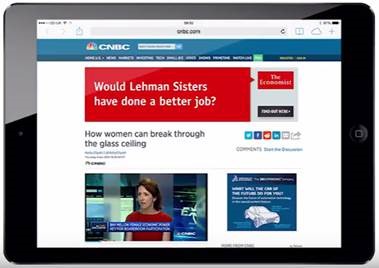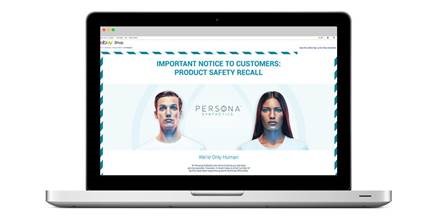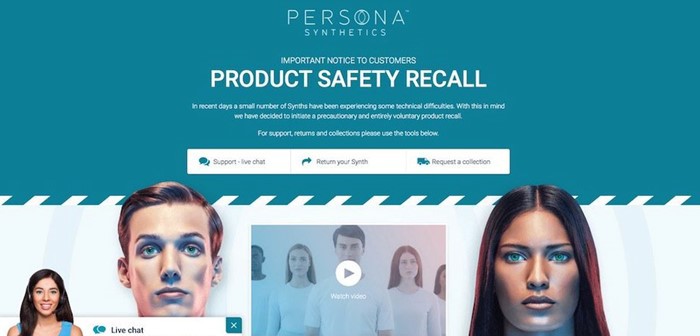This week the IPA held a talk on ‘how companies are using tech to build brands’. The panellists (including our very own Claire Dean, Deputy of Strategy) looked to dissect the tech application of three campaigns and the brand building effects that followed.
Programmatic Pays Off For The Economist
Struggling to maintain incremental growth and seeing sales flat-lining, The Economist realised that they needed to deliver their content to a new audience. Starting with audience insight, the publication profiled their current readership and started to build an understanding of who would be interested in reading The Economist. They segmented audiences into what news topics they enjoy and delivered provocative content programmatically in relevant news sites. Banner ads ‘Have American Cops Gone Ballistic’ appeared near stories of police shootings and ‘Would Lehman Sisters Have Done A Better Job’ near stories of gender equality in the workplace.
Broad topic segments were selected and around eight creatives were tailored for each topic. The advertising was then bought programmatically, scanning the article to fit into a topic and matching the consumer with the most relevant creative. Interestingly, while this worked well, the best performance was from manually matching the creative to the content. The expected revenue from the 64,000 recruited digital subscribers sets the predicted ROI at 25:1.

Humans Recall Synths For Second Season
We, of course, know the success story of the second season of Humans returning to Channel 4. The campaign used a host of tech to bring to life the idea that robots or ‘synths’ were malfunctioning in a national ‘recall’ campaign. Some of the elements included: a Facebook chatbot, Ebay partnership featuring negative reviews of the synths and real boxes delivered to key influencers.
The innovative campaign fitted nicely with Channel 4’s remit for brave advertising. Having almost no branding (and even publically denying the link to the chatbot!) lead the team to leverage the risk by limiting the budget for the pre-launch phase. Although due to such high viewing figures of the first series it would seem unlikely that the public wouldn’t make the immediate connection. As with The Economist campaign, Humans brought experiential into the digital world. The Economistexpanding consumers’ news reading experience by offering a clear call to action to other relevant content and Humans, bringing to life a major plot point to drum up excitement before the second series launch.

Morgan Brings Artificial Intelligence To Life
Morgan, Kata Mara’s film about an artificially created human being, used AI to create the trailer for the film. IBM Watson was fed 100 film trailers before being fed the full 90-minute film and then selecting 10 scenes, or 6 minutes for the trailer. Although a human editor still needed to compose the trailer, the AI input supposedly cut down the process from 30 days to 24 hours. Although the biggest success might have been highlighting the easiest job in the world, 30 days to edit 3 minutes of content!?
This is not a case study of championing AI to replace human output, there wasn’t even a standard trailer to contrast and test, but an example of a film cleverly capitalising on available technology as a PR stunt. The film’s advertisers knew how to pick the right AI programme (out of lots of other options) and applied it to fit within their relevant remit.




